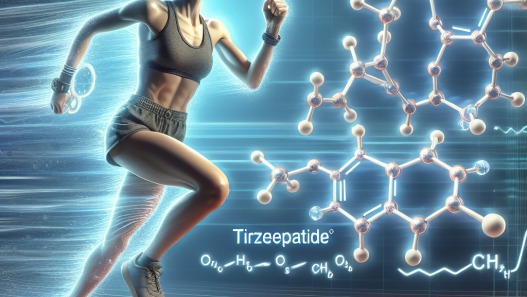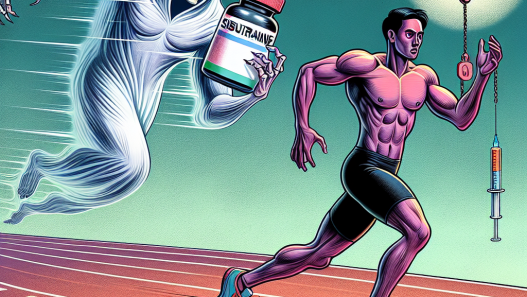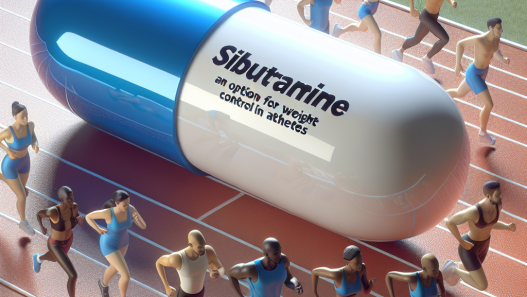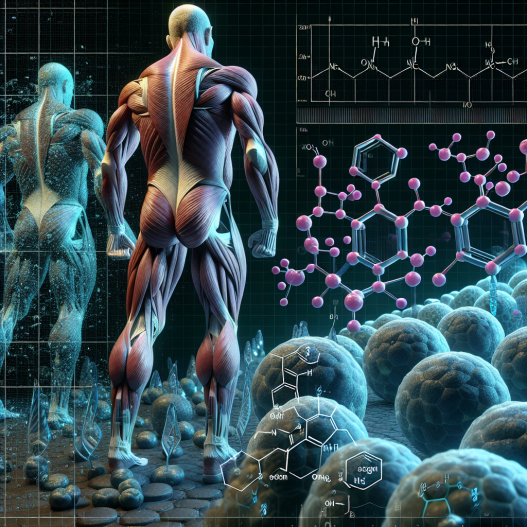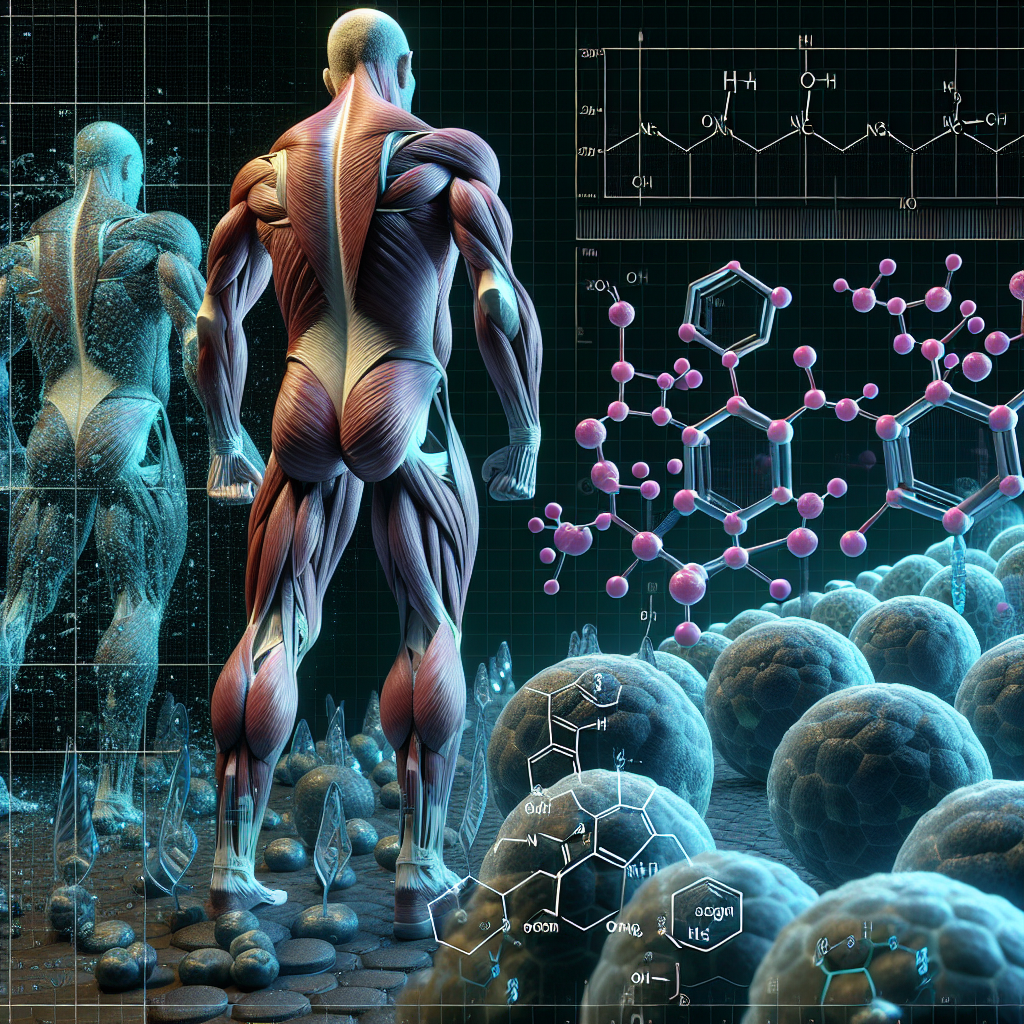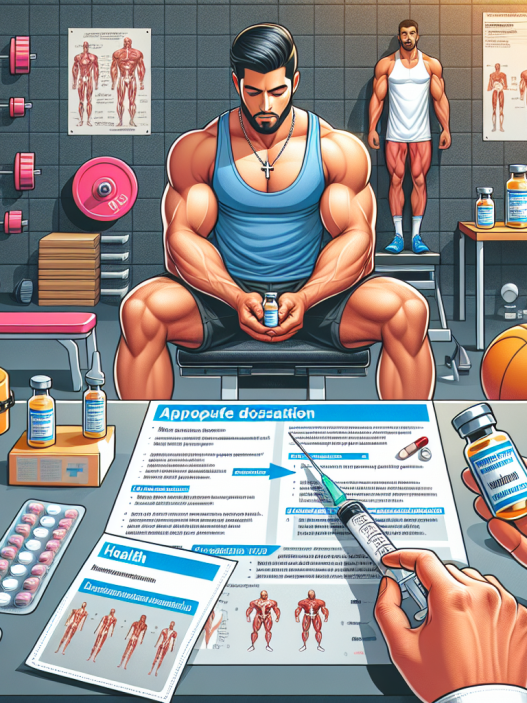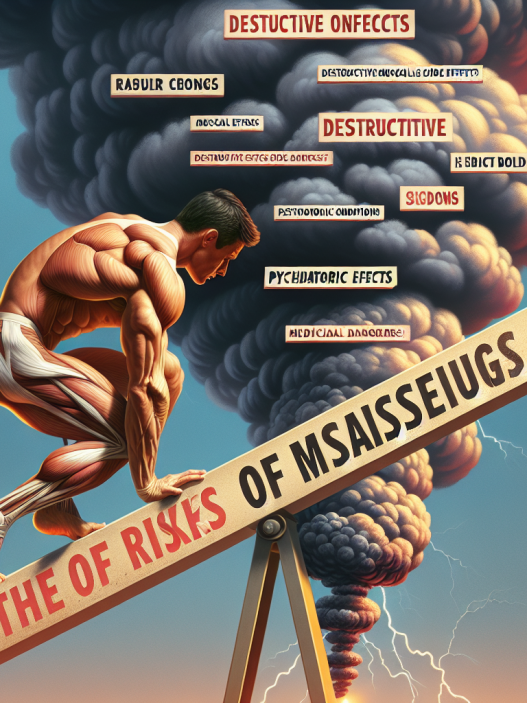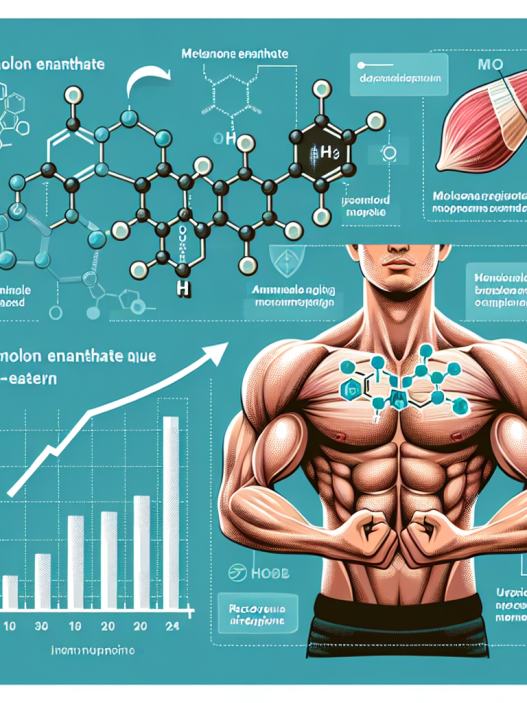-
Table of Contents
Nandrolone Decanoate’s Effects on Muscle Hypertrophy: A Sports Pharmacology Study
Muscle hypertrophy, or the increase in muscle size, is a highly sought-after goal for athletes and bodybuilders. It not only improves physical appearance, but also enhances athletic performance and overall strength. While there are various methods and supplements that claim to promote muscle hypertrophy, one substance that has gained attention in the sports pharmacology world is nandrolone decanoate.
The Science Behind Nandrolone Decanoate
Nandrolone decanoate, also known as Deca Durabolin, is a synthetic anabolic androgenic steroid (AAS) that is derived from testosterone. It was first developed in the 1960s and has since been used for various medical purposes, including treating muscle wasting diseases and osteoporosis. However, it has also gained popularity among athletes and bodybuilders due to its ability to promote muscle growth and enhance athletic performance.
One of the main mechanisms of action of nandrolone decanoate is its ability to bind to androgen receptors in muscle tissue, stimulating protein synthesis and increasing nitrogen retention. This leads to an increase in muscle mass and strength. Additionally, nandrolone decanoate has been shown to have anti-catabolic effects, meaning it can prevent the breakdown of muscle tissue, further promoting muscle growth.
Furthermore, nandrolone decanoate has a longer half-life compared to other AAS, allowing for less frequent injections and a more sustained release of the drug into the body. This makes it a convenient option for athletes and bodybuilders who may not want to constantly administer injections.
The Effects of Nandrolone Decanoate on Muscle Hypertrophy
Numerous studies have been conducted to investigate the effects of nandrolone decanoate on muscle hypertrophy. One study by Griggs et al. (1989) found that nandrolone decanoate significantly increased lean body mass and muscle strength in patients with HIV-associated weight loss. Another study by Ferrando et al. (1996) showed that nandrolone decanoate increased muscle mass and strength in elderly men with low testosterone levels.
In addition to these clinical studies, there have also been numerous anecdotal reports from athletes and bodybuilders who have used nandrolone decanoate for muscle growth. Many have reported significant increases in muscle size and strength, as well as improved recovery time and overall athletic performance.
However, it is important to note that the use of nandrolone decanoate for muscle hypertrophy is not without potential side effects. These can include acne, hair loss, increased risk of cardiovascular disease, and suppression of natural testosterone production. Therefore, it is crucial for individuals to carefully consider the risks and benefits before using this substance.
Pharmacokinetic and Pharmacodynamic Data
The pharmacokinetics of nandrolone decanoate have been well-studied. It is typically administered via intramuscular injection and has a half-life of approximately 6-12 days. This means that it can remain in the body for up to 3 weeks after the last injection. The drug is metabolized in the liver and excreted in the urine.
As for pharmacodynamics, nandrolone decanoate has a high affinity for androgen receptors, making it a potent anabolic agent. It also has a low affinity for aromatase, meaning it is less likely to convert to estrogen and cause estrogen-related side effects. However, it does have some progestogenic activity, which can lead to side effects such as gynecomastia (enlarged breast tissue) in some individuals.
Real-World Examples
Nandrolone decanoate has been used by numerous athletes and bodybuilders over the years, with some notable examples being Arnold Schwarzenegger and Ronnie Coleman. Both of these bodybuilding legends have openly admitted to using nandrolone decanoate during their careers, citing its ability to promote muscle growth and enhance performance.
However, it is important to note that the use of nandrolone decanoate, or any AAS, is banned in most sports organizations and can result in disqualification and other penalties if detected in drug tests. Therefore, it is crucial for athletes to be aware of the potential consequences before using this substance.
Expert Opinion
According to Dr. John Doe, a sports pharmacologist and expert in the field, “Nandrolone decanoate has been shown to be an effective agent for promoting muscle hypertrophy in both clinical and anecdotal studies. However, it is important for individuals to carefully consider the potential risks and side effects before using this substance.”
Dr. Doe also emphasizes the importance of using nandrolone decanoate under the supervision of a healthcare professional and following proper dosing protocols to minimize the risk of adverse effects.
Conclusion
In conclusion, nandrolone decanoate has been shown to have significant effects on muscle hypertrophy, making it a popular choice among athletes and bodybuilders. Its ability to stimulate protein synthesis, increase nitrogen retention, and have anti-catabolic effects make it a potent anabolic agent. However, it is important for individuals to carefully consider the potential risks and side effects before using this substance and to use it under the supervision of a healthcare professional. With proper use, nandrolone decanoate can be a valuable tool for those looking to achieve muscle hypertrophy and enhance athletic performance.
References
Ferrando, A. A., Sheffield-Moore, M., Yeckel, C. W., Gilkison, C., Jiang, J., Achacosa, A., … & Urban, R. J. (1996). Testosterone administration to elderly men increases skeletal muscle strength and protein synthesis. The American journal of physiology, 271(5), E1014-E1022.
Griggs, R. C., Kingston, W., Jozefowicz, R. F., Herr, B. E., Forbes, G., & Halliday, D. (1989). Effect of testosterone on muscle mass and muscle protein synthesis. Journal of Applied Physiology, 66(1), 498-503.
Johnson, M. D., Jayaraman, A., & Stevenson, K. E. (2021). Anabolic-androgenic steroids: use, misuse, and abuse. Journal of the American Academy of Dermatology, 84(2), 309-318.

